Bits 'n Bobs Author Blog
 We had a wonderful guide at the crannog centre. She was interesting, knowledgeable, and knew how to start a fire. Surprisingly, though the crannogs are of wood construction and the walls and floors are stuffed and spread with dried bracken, there is little evidence of crannogs catching on fire. As we sat in the crannog amid sparks and little gusts of wind, I was certain they burned on a regular basis. But apparently not. Most often, fires were not extinguished at night, merely damped down. As our guide illustrated, fires could be difficult to start, and why add one more problem to an already busy day? There is even a hard fungus (conch fungus, I believe) that has a circular interior chamber where live embers could be stashed if you wished to take a bit of fire with you. That's ingenious! To create fire, she first filled a small 'boat' with bits of dry grass and tender. She then set a flat piece of wood with a circular divot that was the same size as the stick she would use onto a small piece of leather. (This one was meant to be used over and over, and with different size sticks) She then wrapped the string of her 'bow' around the upright stick and drew the bow back and forth. And back and forth. Until we saw smoke! She carefully transferred the tiny glowing embers to the 'boat' and blew gently. Fire!
Though it took several minutes to get the fire started, this was not something anyone wanted to do every morning before breakfast, not to mention in damp or cold or stormy weather. Thanks to our guide for letting us experience life in a crannog!!
2 Comments
 What is a crannog? A crannog is a manmade or modified natural island found throughout the lochs of Scotland and Ireland. A dwelling over the water. Why would you do such a thing? For several reasons, really. First, how lovely would it be to enjoy a home situated over the water? Lulled to sleep by the lap of water against the pilings. Fresh fish and other water delicacies literally on your doorstep. But in 500 B.C., the inhabitants of this and other crannogs had other reasons. Perhaps safety was a reason. Crannogs typically didn't have a pier stretching to the land, and were reached only by boat. Or, if they had one, there was a substantial gap to discourage unwanted visitors such as wolves, wild boar and two-legged villains. Actually, crannogs were a status symbol. Anyone who has spent the summer in Scotland can attest to the fact that midges are a torment to people stuck on land. So, wealthy people escaped the irritating, blood-sucking midges by building their homes on the water. They were quite durable. Many crannogs have been found to have outlived the supporting timbers. New ones were added over the years until they simply could add no more. And, there was, in 300 B.C., a lack of suitable building sites. Land was difficult to clear, and such was generally used to grow crops. A single crannog could house quite a few people. Its woven walls were stuffed with dried bracken for insulation, and a fire pit in the center helped keep the place warm. As did the cows, sheep, goats, pigs and perhaps ducks that lived inside as well. (an aside: there were no chickens at this time. They were brought to Scotland by the Romans) The floors were also covered with brackens to minimize the draft beneath your feet. The tall, conical roof shed rain and snow very well. Smoke would rise, escaping through cracks in the thatch. There was no hole in the center of the roof, but doors on either side could be opened to draw the smoke if necessary. Perhaps you can see the activities in this diorama. Archaeologists have found (or found evidence of) hazelnuts, butter, cheese, smelt oats, barley, strawberries, raspberries, cloud berries, cloth, jewelry (swan-neck tunic fasteners, pins, beads and even jet--which would have come from Yorkshire), and opium poppy seeds (which indicates trade with the far east). In one of the above photos, you will see a cloth loom. Natural coloring agents were used, such as dog's mercury, wild carrot, dock leaves and agrimony or yellow and orange; cleaverroot, strawberry, raspberry, blackberry and tormentil root for reds and pinks; blueberries to create blue, and various roots for browns. At the crannog center, we were given the opportunity to use three different types of lathes, grind grain, and operate a device for drilling holes in rocks. And our guide explained the process for making fire. (But that's tomorrow's post)
 The monument is surrounded by thistle and heather and the sighs of more than 1500 Jacobites who lost their lives April 16, 1746 on Culloden Moor. The plaque on the monument reads: "The Battle of Culloden was fought on this moor, 16th April, 1746. The graves of the gallant Highlanders who fought for Scotland and Prince Charlie are marked by the names of their clans." It had been a long and bitter morning, made the more unbearable by the long cold, march the night before. Exhausted, soldiers had slipped away before dawn to snatch a bit of rest or perhaps a bite of food. The army that was rallied at dawn, April 16, 1746, was not the same as the one Prince Charlie had commanded only hours before. They lined up on Culloden Moor, a difficult place for a battle, as its boggy ground did not allow for much progress from either the Jacobite or the Government side. Bombarded by mortar and cannon shot, the Jacobites held back, awaiting the command to charge. The air was filled with smoke, hail, gunfire and canister shot. When at last given the command to attack, the Jacobites fought ferociously, though many never reached the government lines. The feared Highland Charge was countered by a new bayonet tactic by the government soldiers, and it is believed more than 700 Jacobite soldiers were killed within a few minutes of intense hand-to-hand fighting. The Jacobite charge broke through the government line, but was forced back. I walked the moor--drained years ago and not boggy this day. The sky lowered, promising rain. Visitors slipped past me, searching for cairn markers, remnants of the battle. And the ghostly voices of soldiers dipped and swayed above the moor.
You can almost hear the rattle of musketry in the rustle of the tall grass, smell the smoke in the heavy clouds. And perhaps even see the flutter of Prince Charlie's flag in the dip and sway of the wildflowers. The moor casts its spell on all who linger. And the ghosts whisper their betrayal and sorrow to those who believe.  The Balnuaran of Clava is a site of a prehistoric cemetery. The monuments - a 'ring cairn' and two passage graves - were built between 3 and 4 thousand years ago. As a tomb went out of use, it was surrounded by a ring of standing stones. The ground was very rocky, and it was easy to see where the stones came from to build the cairns. But the standing stones?? In the 1870s, the stones were interpreted as druids' temples and the landowner planted a grove of trees enclosing the three largest monuments. Some of the trees are rowans, thought to protect against ghosts, witches and other evils. Coincidence? The 'passage graves' originally were domed and covered with a single slab. While the main chamber was approximately 10 feet high, the passageway was quite low and had to be crawled through.
The North-east passage grave is carefully aligned on the midwinter solstice. Normally the chamber would be dark, but on this shortest day of the year, it was illuminated by the setting sun.  This was the day we would visit Culloden Moor. We had a bit of travel from Aberfeldy to Inverness, and had some interesting chats during the trip. I thought I'd share a few things I found interesting amid some of my favorite flower and scenery photos from the trip. What is mizzle? We experienced mizzle quite often on our trip. It is, simply, somewhere between a mist and a drizzle. It means you need to take a raincoat and perhaps an umbrella with you most days. What is a Piss-Prophet? That was a rather derogatory term for English physicians who would, after taking a verbal history, examine a patient's urine for diagnostic purposes. Supposedly, taste was as important as color and odor. Treatments of the era (1700s) were often applying hot plasters to the patient's feet, or perhaps bleeding them. If you were fortunate, you might get sent to the apothecary who would likely dispense booze or laudanum. By contrast, medicine in 18th century Scotland was largely influenced by ideas and procedures practiced on the Continent. With the Scottish court in exile in Rome, travel between Italy and Scotland flourished, bringing with it a period of Enlightenment. Physicians were taught to wash their hands between patients. Not that they had knowledge of bacteria, but simply because it was noted patients healed better under clean conditions. It seems a simple thing, but deadly for patients whose unenlightened surgeons waved the idea aside as poppycock. 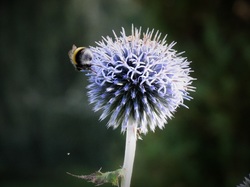 A Bluebonnet thistle A Bluebonnet thistle What does it mean to be 'put to the horn'? The sheriff would blow 3 times on his horn before declaring a person an outlaw. There are ~50 distilleries on the River Spey. They produce a light, honeyed whisky. By comparison, whisky distilled in Campbelltown on the Kintyre Peninsula has more of a peat taste. 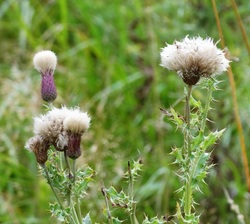 Gaelic was first a spoken language, not a written one, so the monks decided the spellings of words as they began writing. They made a lot of bad choices. Anyone who has tried pronouncing words written in Gaelic can perhaps attest to this. Marriage could be accomplished in 3 ways. By special license: Many of these marriages were held outside the church, such as in ancestral homes, etc. They could be performed at any hour, any day, and with no banns posted. In a church: Banns were read once a week for three weeks prior to the wedding to give ample time for reason for the couple not to marry to be brought to light. Handfasting: This was to publicly declare a couple's intent to marry. After the declaration was consummated, it became a binding marriage. It was not a matter of marrying for a year and a day then dissolving the union if you wished. By English law, none under the age of 21 years were allowed to marry without their father's consent. By contrast, 16 years was the age of consent to marry. Which is why love-lorn teenagers were disposed to run away to Scotland to marry. And Gretna was the first town over the border. I'd love to hear other tidbits you may have! Feel free to comment below. |

Archives
June 2021
CategoriesAll 4th Of July 99 Cents Abbotsford Adam Adam-a-highlander-romance Aidi Breed American-civil-war Anastasia Abboud Andrea-r-cooper Angela-scavone Anne-b-cole Anthology April-holthaus Ashley York Australia Author Interview Bambi Lynn Barbara Bettis Barnes & Noble Berengaria-brown Best-seller Betrayal Black Watch Museum Blair-castle Blog Hop Book Deal Book Dogs Book Giveaway Book Release Day Book Release Party Book Sale Book Series Books To Read After Outlander Booksweeps Border-collies Boxed-set Braemar-highland-games Brenda-stinnett Burke-and-hare Capercallie Carly-jordynn Carmen-stefanescu Carol-ann-moleti Carole-ann-moleti Caroline-warfield Castle-menzies Catherine-castle Cathy & DD MacRae Cathy Dd Macrae Cathy-macrae Cd-hersh Ceci-giltenan Celebrations Celeste Barclay Celtic Cerian-herbert Character-interview Char-chaffin Chocolate Christmas Christmas-box-set Claire-gem Clava-cairns Collette-cameron Colley Collie Compuiter-woes Contemporary-mystery Contemporary-paranormal Contemporary-romance Contest Cover-reveal Creme-de-la-cover-contest Ct-green Culloden-battlefield Cynthia-owens Daryl Devore Dawn-ireland Dawn-marie-hamilton Dd-macrae Debut Debut-author Dewars-distillery Direct-deposit Edinburgh Eilean-donan-castle Elisabeth-hobbes Elizabeth-preston Elizabeth-rose Eliza Knight Elle-hill Evil-villain Excerpts Fantasy-historical Farleyer-lodge First First-kiss Flowers Food Forth-bridges France Free-book Free-books Freki Georgian-romance German-shepherd Get-lost-in-a-story-blog-interview Ghost-tour Gilda Gildas-story Giveaway Glen-ord-whisky Graveyards Guest-author Guest-blogger Halloween Hardy-heroines Highland-chocolatier Highlander-romance Highland-escape Highland-romance Historical-irish Historical-post Historical Romance Hm-queen-elizabeth-ii Holiday Holiday-read Hot-historicals Hurricane-harvey Iain-burnett Indtale Jenna Jaxon Jenni-fletcher Jessica-jefferson Jill-hughey Judith Sterling Karen-lopp Kate-hill Katherine-bone Kathryn-le-veque Kelley Heckart Kindle-world Kobo Lane Mcfarland Larynn-ford Laura-strickland Laurel Odonnell Lauren-linwood Leault-farm Legends-of-scotland Life-with-freki Limited-time-offer Linda-bennett-pennell Lochleven-castle Loch-ness Luxury-cruises Macleod Madeline-martin Madelyn-hill Maggie-mundy Mairi-norris Marilyn-baxter Mary-gillgannon Mary Morgan Meda-white Medieval-blog-hop Medieval-hop Medieval-monday-2015 Medieval-monday-2016 Medieval-monday-2017 Medievalmonday2018 Medieval-monday-2018 Medieval Monday 2019 Medieval Monday 2020 Medieval Monday 2021 Medieval Monday Fall 2020 Medieval Mondays Medieval Monday Spring 2020 Medieval-mystery Medieval Romance Meet-the-characters Meggan-connor Meggan-connors Mhairis-yuletide-wish Military-romance Miriam-newman Neva-brown New Book Nicole-locke Night-owl-reviews Norman-conquest Nostalgia-romance Novella Paranormal Paranormal Romance Patricia-hudson Patrick Paty-jager Pirate-romance Pirates Post-civil-war Postcivil-war-western-romance Preorder Pre-order Prizes Puppy Rachel-sharpe R-b-austin Rb-austin Recipe Recipes Red-l-jameson Regency-romance Release-date Research Review Rl-syme Romance Romance-novels Romance-on-the-high-seas Romantic-mystery Romantic-suspense Rone-award Rue-allyn Ruth A Casie Ruth-a-casie Ruth-kaufman Sale Samantha-wyatt Samhain Sandra-harris Sandra-jones Sarah-hegger Sarah-hoss Sarah-woodbury Saranna-dewylde Scavenger-hunt Sci-fi-romance Scifi-romance Sc-mitchell Scotland Scotland-with-grace-2016 Scottish-crannog-centre Scottish-historical Scottish-regency Scottish Romance Sheep Sherrie-hansen Sherry Ewing Sherry-ewing Short-dog-press Sir-walter-scott Sophia Nye Soul-mate-publishing Southern-romance Special-price Spermbanks Spring Steamships Stella-marie-alden St-patricks-day Sweet-romance Tam Tea-party-and-books Teaser-tuesday Thankful The-ghosts-of-culloden-moor-series The-hardy-heroines-series The-hghlanders-accidental-bride The-highlanders-accidental-bride The-highlanders-bride-series The Highlander's Crusader Bride The-highlanders-french-bride The-highlanders-norse-bride The-highlanders-outlaw-bride The Highlander's Pirate Bride The-highlanders-reluctant-bride The-highlanders-tempestuous-bride The-highlanders-viking-bride The-highlanders-welsh-bride The Prince's Highland Bride The-reading-cafe The-saint The-seventh-son The-twalve-days-o-yuletide Thursdays-teaser Thursdays-threads Time-travel Time Travel Romance Tina-susedik Top-ten-list Travel Twelve-days-of-christmas Uisge-beatha Urban-fantasy Urquart-castle Valentine Valentines Day Victorian-romance Victoria-zak Vijaya-schartz Viking-romance Vikings Villains Viola-russell Wales Wareeze-woodson Water-kelpie Weeping-window-of-poppies Western-romance Whisky Winner Winners Womens-fiction World-of-de-wolfe Ya-fantasy |






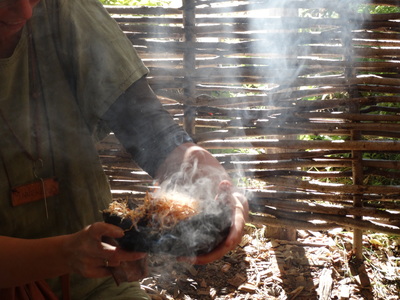
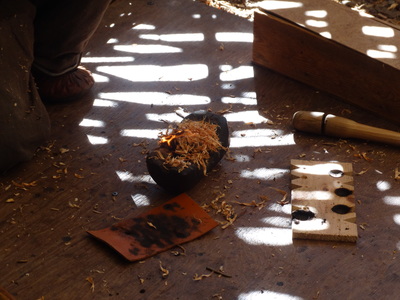










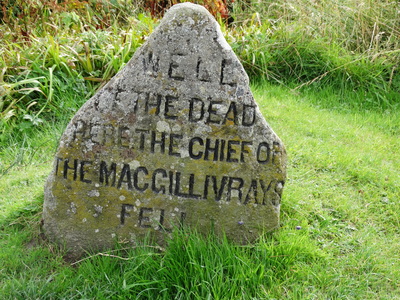








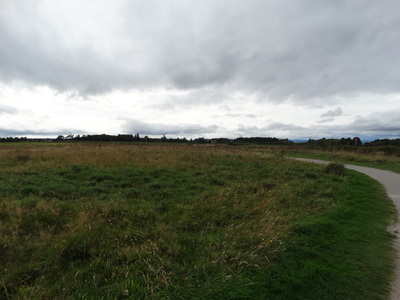

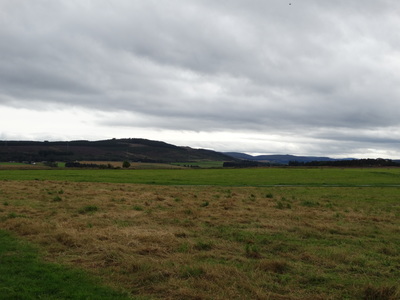


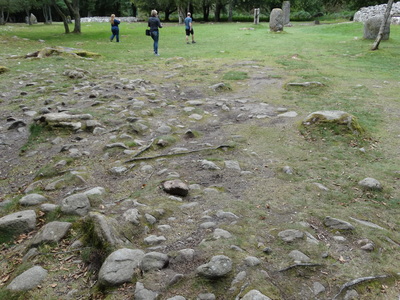

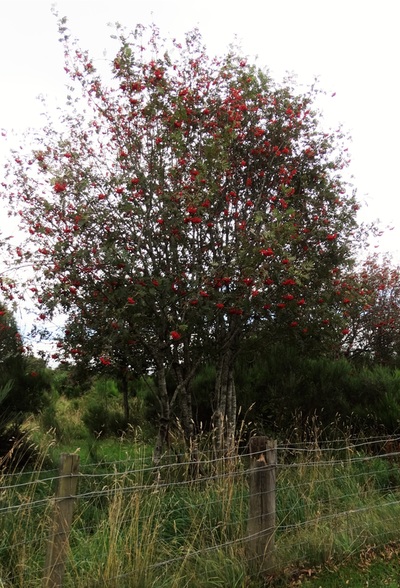







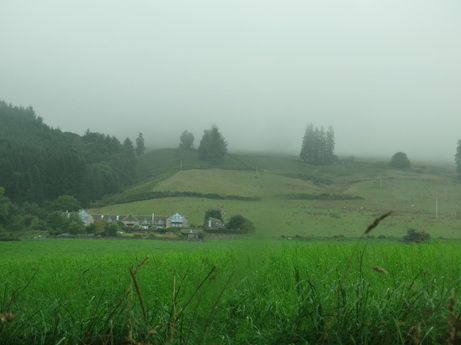

 RSS Feed
RSS Feed
